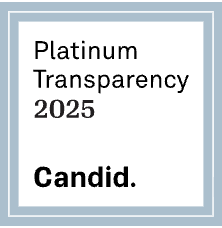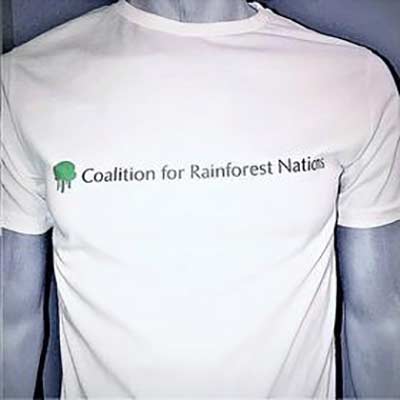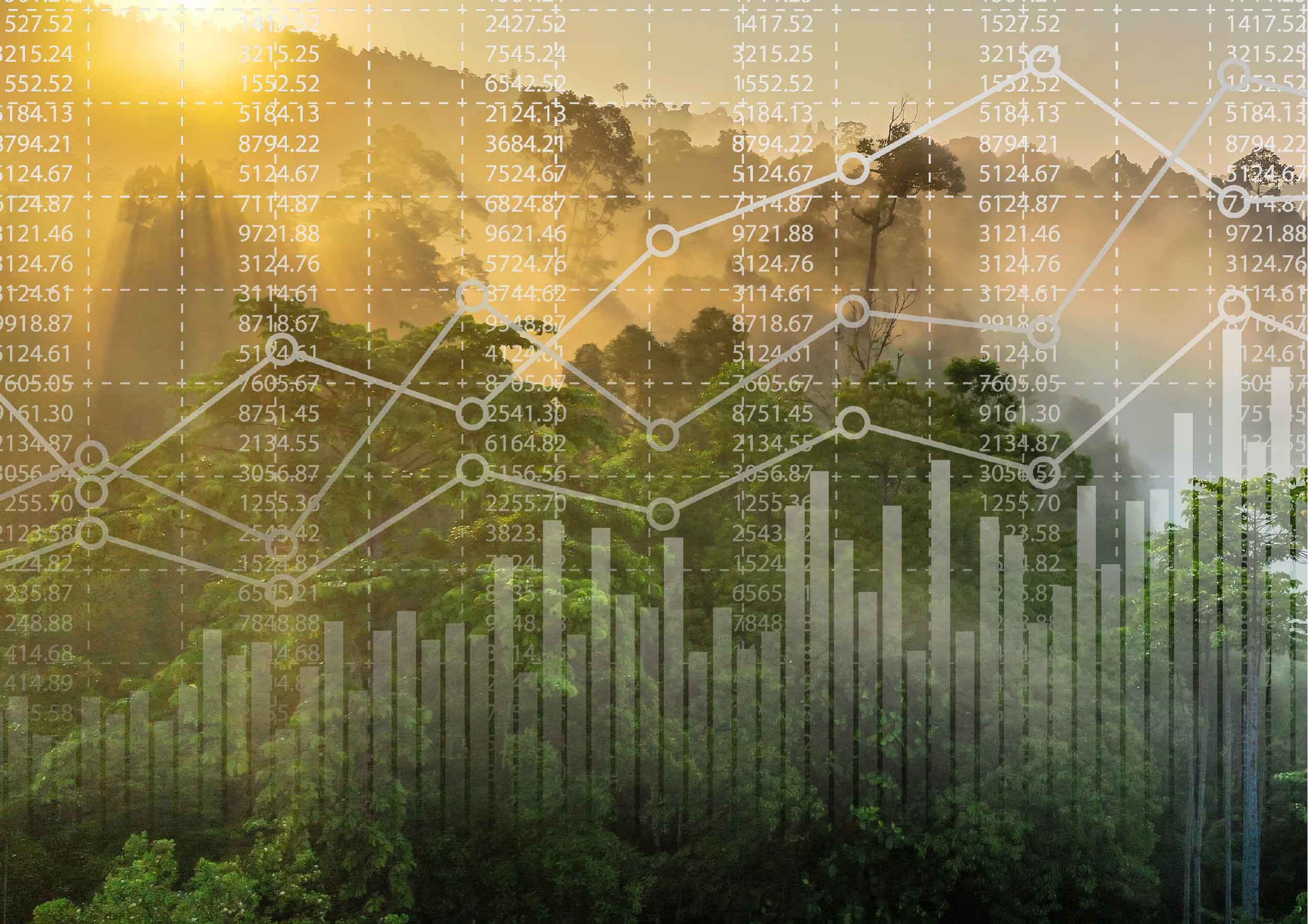
One Planet, One Paris Agreement, One Carbon Standard & Accounting System
Why corporate buyers can trust REDD+ Sovereign Carbon Credits
Reversing global deforestation is key to achieving a 1.5° world. But legitimate concerns over the quality of carbon credits from Verra’s forestry projects are making headlines again, calling into question the validity of REDD+. This is a shame. Because there is a solution, the UNFCCC REDD+ Mechanism.
Let’s be clear. After 10 years to finalize all the methodologies, the UNFCCC REDD+ Mechanism is now delivering with the necessary speed and scale to keep 1.5C possible – over 10Gt of emission reductions and counting. Real reductions. Real removals. No avoidance.
A recent article in The Guardian article exposed (again) the atmospheric integrity of the VCM and deemed 90% of Verra’s avoidance based forestry carbon credits as atmospherically worthless. They are right.
Despite a recent promise to do better, that’s very unlikely as they continue to sidestep the many legitimate methodological flaws highlighted.
Consider carbon avoidance, which is over 90% of the VCM, a project is NOT required to reduce emissions themselves. Rather, they get to use an existing emissions source elsewhere for reference with no obligation to reduce over there. Then, they apply that counterfactual emissions rate to their project. No surprise, the project claims success. So, they sell “credits” to offset another emissions source. The two actual emission sources continue (and may increase.) And emissions in the Project can increase too if lower than the reference area. Huh?
To simplify, the difference between avoidance and reduction can be illustrated by looking at how baselines are calculated.
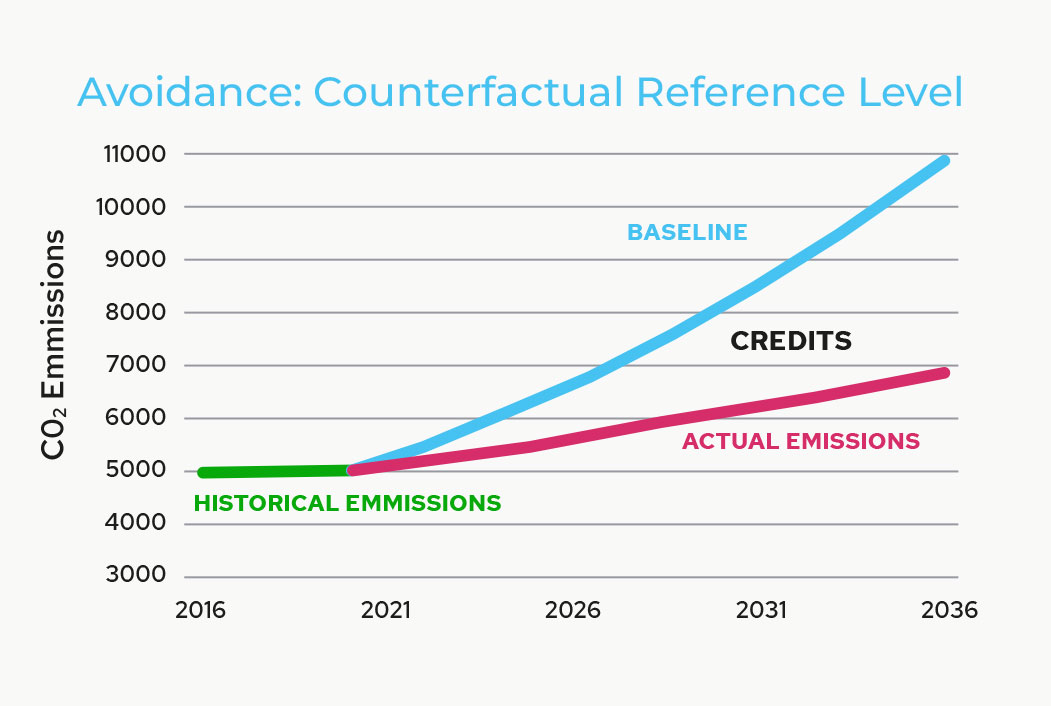
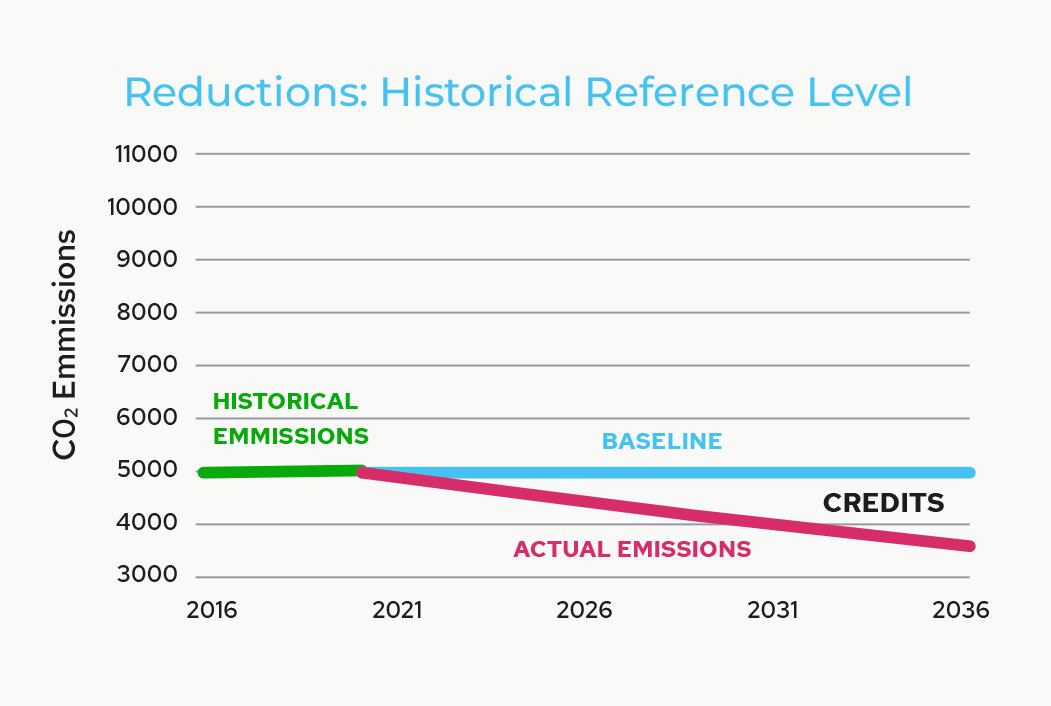
Time for a reality check. We cannot allow avoidance for offsetting. Period.
To succeed, we must sequentially reduce from historical emission levels (not avoid them) … and fast.
Back to rainforests. Thankfully, Verra’s avoidance-based “forest projects” are not REDD+ at all. Verra has misrepresented compliance with the real UNFCCC REDD+ acronym since the beginning.
The real REDD+
Rainforests are an important part of a climate solution. They remove and store carbon from the atmosphere. But they release it back when burned or otherwise destroyed. For these reasons, the UNFCCC and the Paris Agreement have included them within a global framework.
REDD+ under the UNFCCC was started by PNG and Costa Rica in 2005. Enshrined in Article 5 of the Paris Agreement, it’s the only globally agreed carbon standard that will help us slow, stop, and reverse global deforestation.
From the beginning, REDD+ was national in scale and based on data driven reference levels and emission reductions that are additional. Reductions and removals only. No avoidance permitted!!
For these reasons, all 192 nations of the world recommitted to the REDD+ framework of Article 5 of the Paris Agreement at COP27 in Egypt under both the COP and the CMA. They went further by inviting corporations and private sector to buy credits verified by the only globally agreed carbon standard to battle climate change.
While Article 5 of the Paris Agreement refers to a framework of around 25 COP decisions, these decisions function as a mechanism including a bevy of requirements to qualify, a robust set of standards, and stringent independent verification.
MRV Systems
No other carbon standard offers a more comprehensive and robust review system than UNFCCC REDD+. UNFCCC reviews are fully transparent and available on their website. For a full overview, please go to UNFCCC REDD+ MRV. Find simple graphics here and here.
The strength and rigor of the UNFCCC REDD+ is due to 10 years of decisions agreed by over 192 countries at COPs. Only when all the UNFCCC requirements are met does UNFCCC approve a country’s carbon reductions or removals, called REDD+ Results – which takes several years to complete. Then, a country may receive results-based payments from public, multi-lateral or private finance.
Reference Levels
UNFCCC Reference Levels must consider historical data, be transparent, and allow flexibility to accommodate national circumstances and capabilities, while pursuing environmental integrity and avoiding perverse incentives. Information should be transparent, complete, consistent with guidance agreed by the COP. Emission reductions and removals must demonstrate additionality.
There are two generally accepted methods to produce a national reference level under the UNFCCC, calculate a) a Historical average or b) a regression of historical data. Reference levels must be updated, using the lower numbers achieved in the last reference level, every 5 -10 years – best practice being 5 years.
Countries are encouraged to go through a rigorous Quality Assessment and Quality Control process (Q/A Q/C). Over 80% have. Further, quality is increasing as satellite data are becoming available with higher frequency and higher resolution.
Independent Verification
Independent assessments, part of the UNFCCC verification process, are required of both reference levels and results -- two separate independent verification assessments.
Both are led by independent UNFCCC experts selected from a roster of accredited experts. Final Technical Assessments are posted for public review. The UNFCCC independently selects each expert; one from a developing and one from a developed country. The reviewers are not compensated, and they must be independent. They cannot be nationals from the country that is under review. Before a reviewer qualifies as an expert, the individual is required to pass a UNFCCC course of study, based on a 1000-page reading list. Rarely do experts pass the first time.
The UNFCCC Secretariat may request a country make necessary improvements and resubmit, effectively rejecting a submission. In instances where a countries’ data, such as the Forest Reference Emissions Level (FREL), are rejected, the entire process must begin again.
In theory, sovereign nations have the right to ignore the UNFCCC review, but none have. It makes no sense for a country to ignore a review or not respond to UNFCCC expert comments. The UNFCCC REDD+ MRV process is publicly available online and ignoring negative assessments will compromise financial market values.
Here are the results. Since inception, very few countries have successfully gone through the MRV process on first attempt. In fact, 85% of the countries that have submitted FRELs under REDD+ have been knocked back because the submission wasn’t approved by UNFCCC. Similarly, about 48% of the countries that have submitted for REDD+ Results have also been knocked back and resubmitted.
Proportion of Modified FREL/FRLs and REDD+ Results under UNFCCC
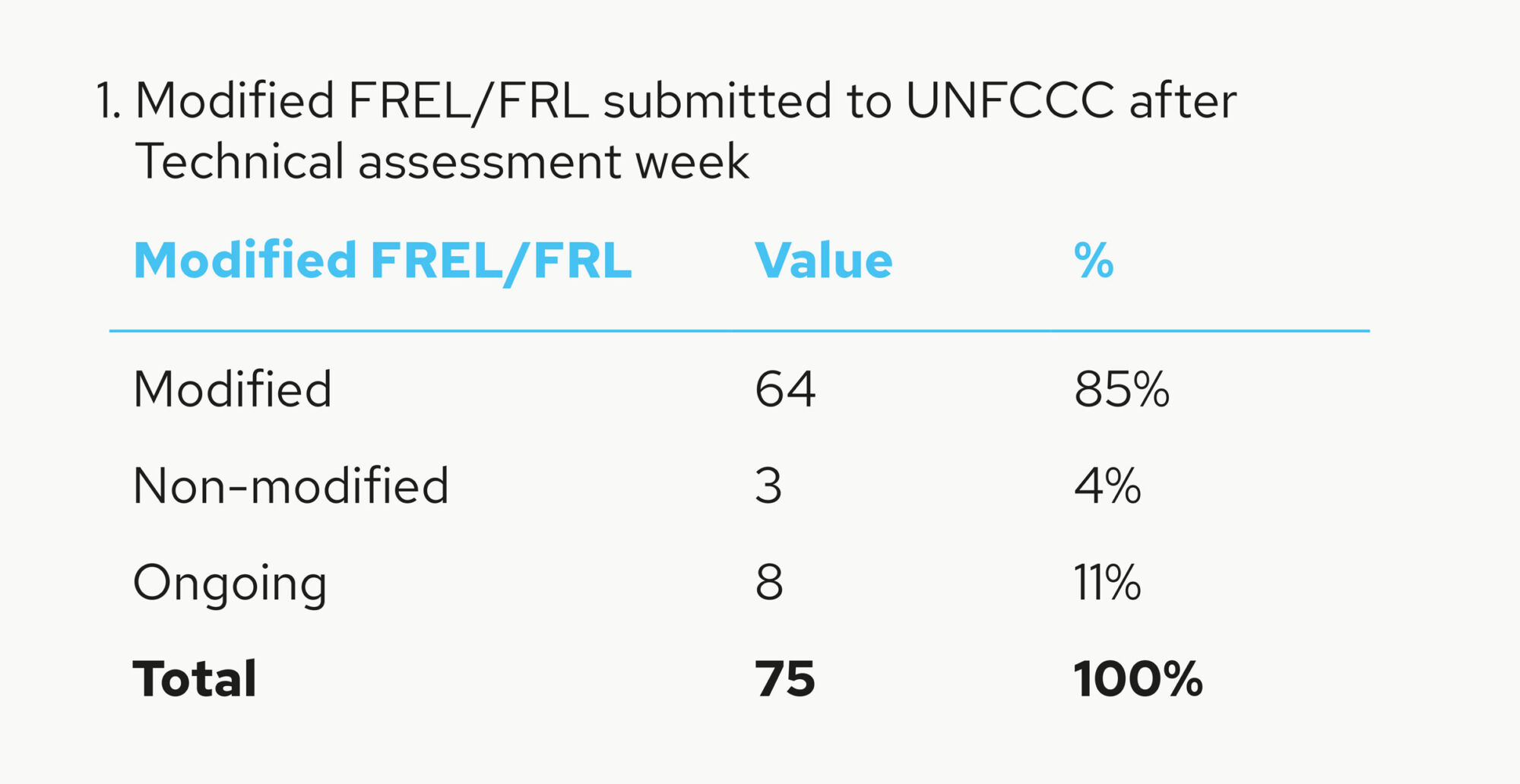
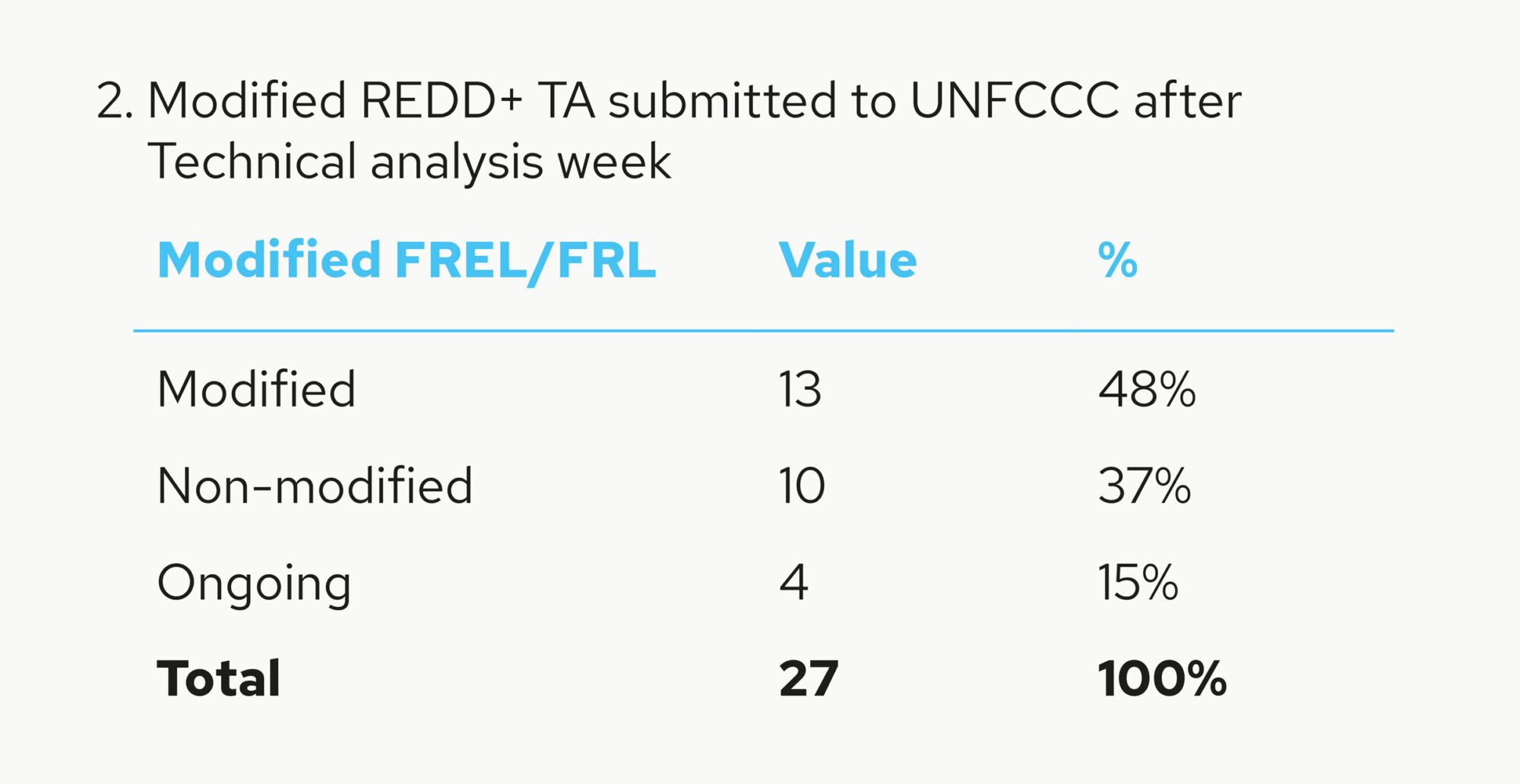
Reductions. Removals. Netted.
The Paris Agreement only credits real reductions and removals which are only approved after the emission reductions can be proven based on an independent review of past emissions levels. The Article 6.2 allows only emissions reductions or removals. While there is ongoing discussions around avoidance, it has never been permitted under the Paris Agreement; nor should it ever be.
The UNFCCC REDD+ does not allow cherry picking areas either. Rather, all emissions and removals must be netted out across the entire country and be reported in subsequent reporting cycles – thereby netting out leakage and addressing permanence.
Scale
Many miss the importance differences around national, jurisdictional and project scales.
The Paris Agreement requires national-scale action for REDD+. While countries were permitted to ‘demonstrate’ with smaller areas, submissions are now almost exclusively national. National-scale accounting avoids leakage, and the Paris Agreement requires reporting in subsequent NDC cycles to address permanence and negate the need for buffers.
Both the World Bank and ART-Trees allow jurisdictional or subnational scale action. This encourages gaming and exposes credits to leakage and permanence risks. Countries have picked small areas for crediting and are permitted to largely ignore deforestation in other parts of the country. Further, they also allow gaming for counties with low deforestation by allowing creative baselines. Sadly, our atmosphere can’t ignore those additional emissions.
Let’s not waste any more time discussing the VCM project approach – while projects may be great for voluntary standards, project developers and rating start-ups, they are a disaster for our climate and for most local communities.
Comparative Analysis
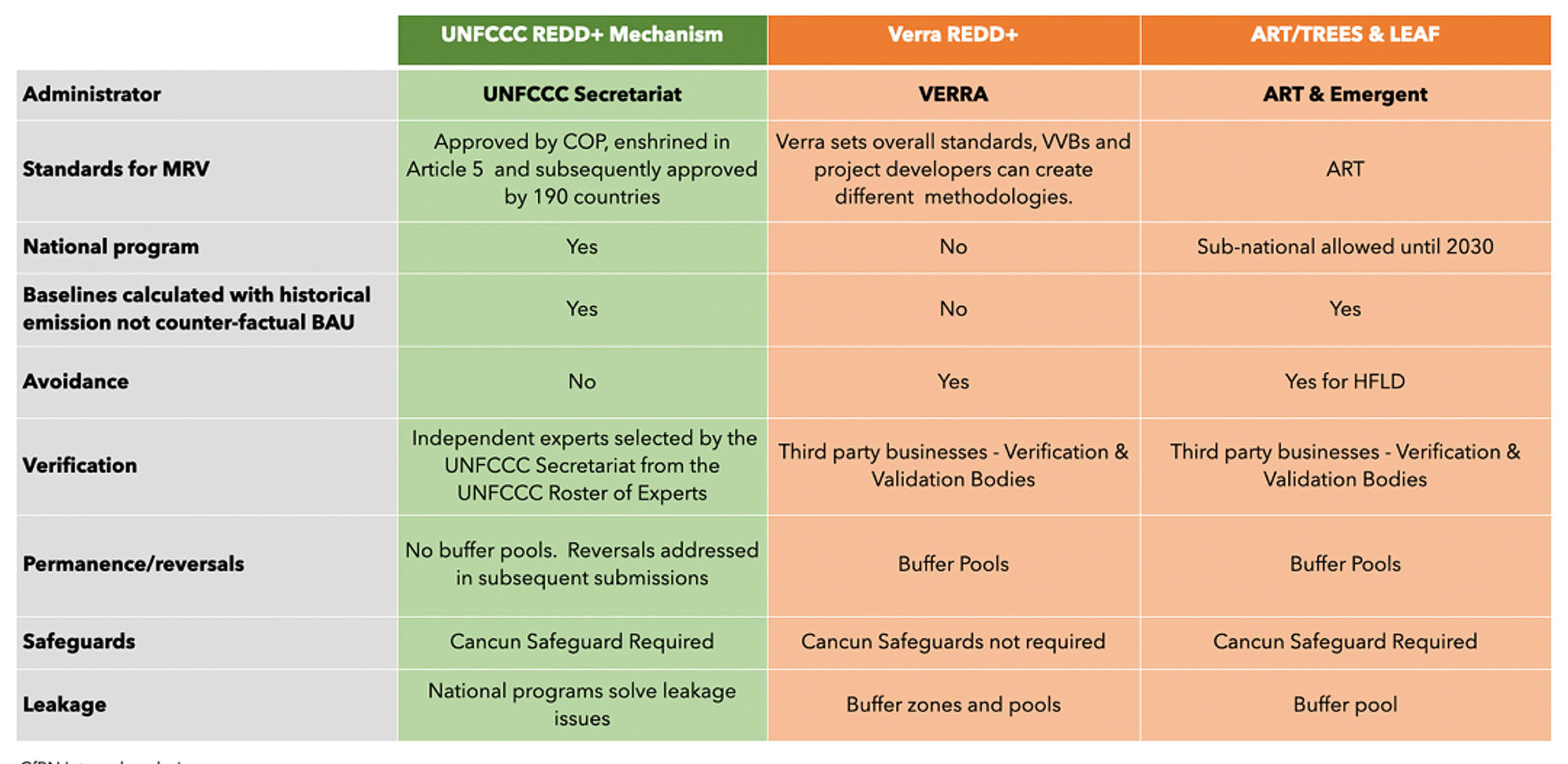
Sovereign REDD+ Carbon Standard
The UNFCCC REDD+ sovereign carbon standard is fully integrated within the Paris Agreement and may complete the Article 6.2 review to become an ITMO for post 2021 vintages and beyond. Purchasing UNFCCC REDD+ Sovereign carbon credits allows the buyer to:
- Support sovereign action to slow, stop and reverse deforestation and reduce emissions.
- Guarantee full compliance with the Paris Agreement.
- Purchase real emission reductions and removals, thereby eliminating avoidance.
- Secure sovereign authorization and National adjustments.
- Ensure that over 95% of the carbon revenues back to rainforest countries.
- Safeguard purchases via best-in-class UNFCCC MRV.
- Assure inclusion within the global carbon accounting system.
- Avert double counting by purchasing emissions reductions included in NDCs
- Stop leakage via national-scale emissions reduction systems.
- Secure permanence through the sequential NDC processes.
- Engage best in class carbon registries, trading, custodial and settlement platforms.
RRUs must be authorized, issued, and tracked throughout their lifecycle via the issuing country’s national registry, as part of the global carbon accounting system established by the Paris Agreement. RRUs issued pursuant to Article 5.2 or Article 6.2 of the Paris Agreement and derive from the UNFCCC methodologies agreed under the Paris Agreement.
As mentioned earlier, the COP27 Sharm El-Sheikh Implementation Plan reaffirms that for private finance from private sector buyers to support 5.2 credits, under the decisions 1/CP.27 paragraphs 79 & 80 and 1/CMA.4 section XVI art 47.
From a legal and regulatory perspective RRUs can be issued, held, and retired as carbon offsets. For clarity, the Paris Agreement does not use the terms “carbon offsets” in its text, nor did the Kyoto Protocol, but establishes a global standard to measure, report, and verify emission reductions and removals.
REDD.plus Platform
For clarity, the REDD.plus Platform exclusively uses the globally agreed Paris Agreement decisions as the standard and UNFCCC REDD+ MRV process for verification.
The REDD.plus Platform offers the commercial infrastructure required for rainforest nations that fully comply with the Paris Agreement to sell sovereign REDD+ carbon credits globally. Similarly, it provides businesses and individuals access to emission reductions that rainforest nations have been verified, authorized and adjusted under the Paris Agreement.
Conclusion
The VCM has sought to discredit verified emissions coming from the Paris Agreement. They worry the speed and volume of those emission reductions will destroy voluntary markets. However, the facts are that we need emissions with that speed and scale to succeed. Markets need to scale up to meet supply, not the reverse. Thus, we should be applauding those developing countries for their success. So far, they have been left holding the bag.
The UNFCCC REDD+ Mechanism is the future. And our future on earth is more secure thanks to developing country leadership!
REDD+ Sovereign Carbon Series: Special Paper.
February 2023
Authors:
Kevin Conrad Launched REDD+ under UNFCCC & Co-founder of CfRN.
Federica Bietta Co-Founder of CfRN and Managing Director.
